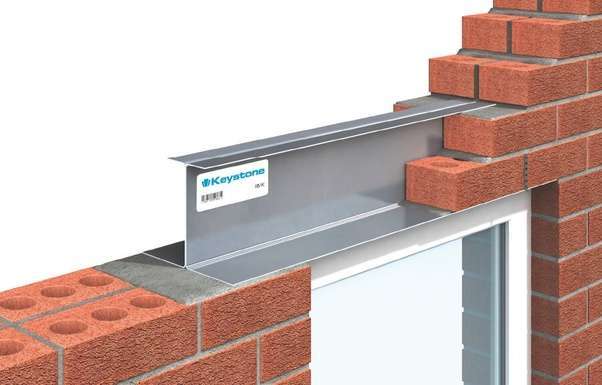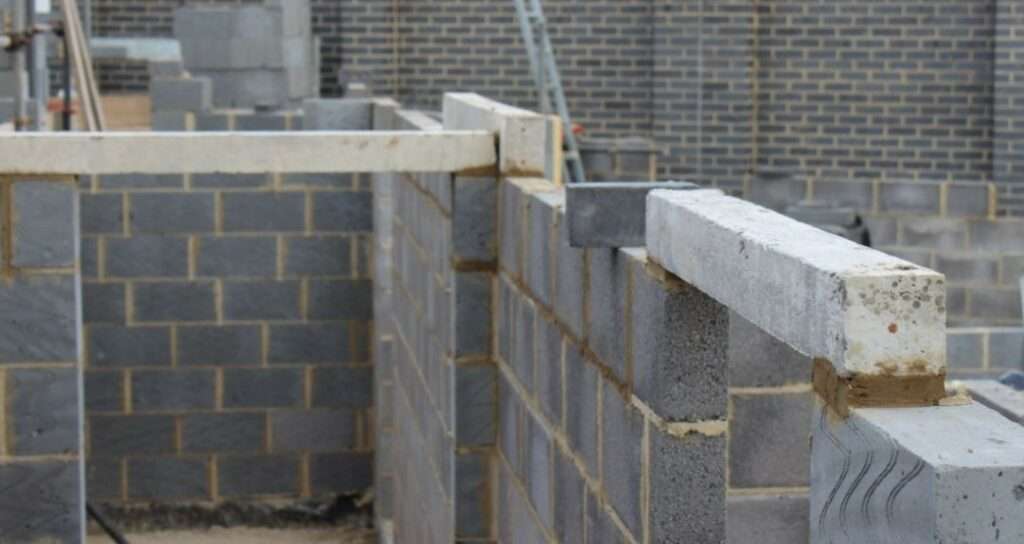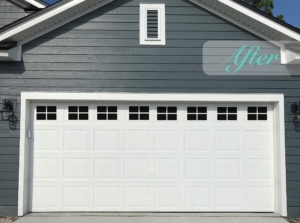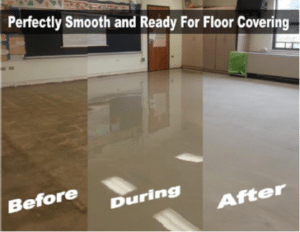Lintel? We don’t hear the word lintel being used much unless you are in the construction industry but it’s important and has a purpose in all of our homes and other structures. In this article, you will learn what a lintel is, its purpose, and your responsibility as a homeowner to keep your lintels in good condition.
Let’s start with what is a Lintel?
A lintel or lintol is a structural horizontal block that spans the space or opening between two vertical supports. It can be a decorative architectural element or a combined ornamented structural item. It is often found over portals, doors, windows, and fireplaces. Lintels are generally used for load-bearing purposes, but they can also be decorative.
Are Lintels necessary?
You need lintels if the modifications proposed are going to compromise the structural integrity of the building. The type of material used will depend on the structure of your home. Load-bearing structures do not necessarily get constructed from stone or metal. Florida homes are primarily constructed with concrete since Florida experiences windstorms frequently.
There are six different types of lintels that can be installed, but we won’t go into that detail here. Check out this article for more information on each. The lintels that we typically see since we are in South Florida in the Broward, Miami and Palm Beach area would be these:
Steel Lintels
Steel lintels can be suitable when the superimposed loads are heavy, and the opening gaps are significant. Steel lintels are preferable when the depth of lintel plays an essential role because the designer cannot ignore the depth of reinforced concrete lintels due to heavy loads. These lintels consist of channel sections or rolled steel joists or channel sections either used singly or in the combination of two or three units. Depending upon the requirements, the lintel can be a single section or combinations of two or more. A single steel joist is either embedded in concrete or cladded with stone facing to keep the same width as the wall. A combination of two or more units is placed side by side and held in position by a tube separator. Relieving with water is accomplished in any event for ten days. It has many advantages:
- Steel lintels can be utilized to help heavier loads over more prominent separations without the need to change or strengthen.
- Steel lintels are impervious to rust, erosion, or distorting.
- Steel lintels are more practical and less labor-intensive.
Reinforced Concrete Lintel
At present, reinforced concrete lintels are very common in use. In this type, reinforcement is used to overcome the low malleable issue in concrete. They are developed in present-day structures. They are suitable for heavy loads and larger spans. Their thickness is kept around up to 8 centimeters for every meter. RCC lintels can be either precast or cast-in-situ. Generally, precast reinforced cement concrete lintels are used when the lintel span is smaller. Lintel width should be the same as wall width. The depth of the lintel depends on the length of the span and the loading’s magnitude.
Concrete, though strong in compression, is fragile to tensile stress, so main reinforcement bars are used at the bottom to resist the tensile stress. Half of these bars are cranked at the ends. Shear stirrups are provided to withstand shear stress. Typically, cement, sand, and aggregates are mixed in a 1:2:4 ratio to form cement concrete mortar. This lintel has a handful of advantages:
- They are durable, rigid, and strong.
- The reinforced concrete lintel has fire-resisting properties.
- They are economical and easy to construct.
- The main advantage of the RC lintels is adaptability to suit any size and shape.
What do you need to do to take care of your lintels?
Protect them from the environment, ie. proper installation of flashing during construction is key. If you had a new construction home inspection then your inspector would have checked this item as a part of the inspection. The simplest method to maintain steel lintels that are not severely deteriorated is to scrape, prime, and paint them on a regular basis. Installing exterior primer and paint on the lintel will help protect it from corroding elements. If you notice the stone deteriorating that is a sign of water intrusion and you should hire a contractor to take a closer look.
Fixing these broken lintels can be expensive as it requires removing several layers of bricks, removing the old lintel, and replacing it with a new one. That is why keeping up with maintenance and detecting issues early can be key to saving yourself some cash down the road. If you have additional questions and want to get in contact with GGR Home Inspections please send us a note, text, or call.









